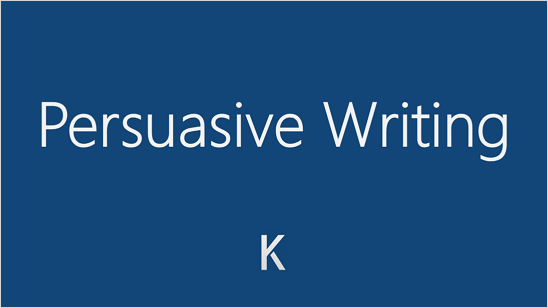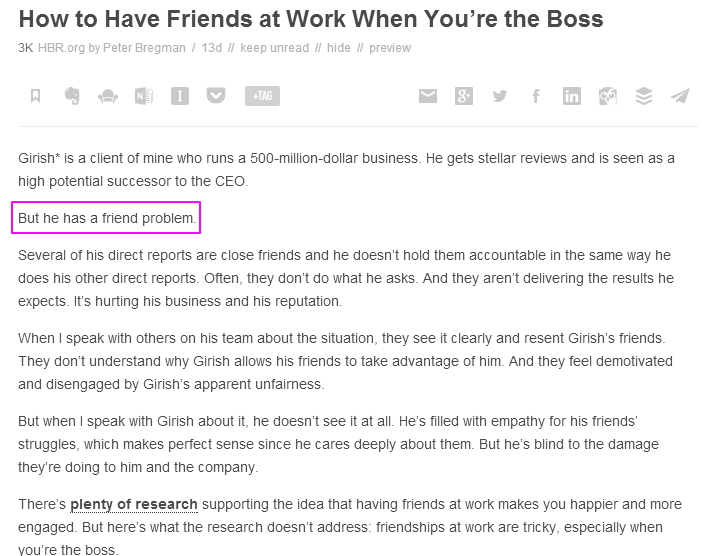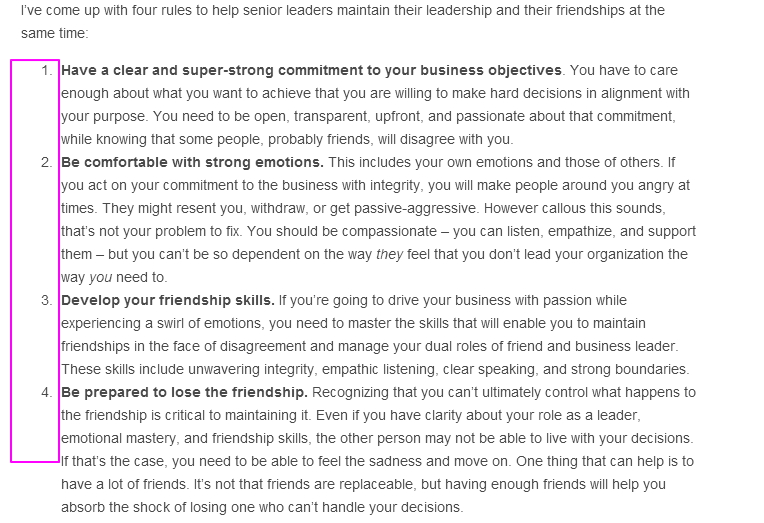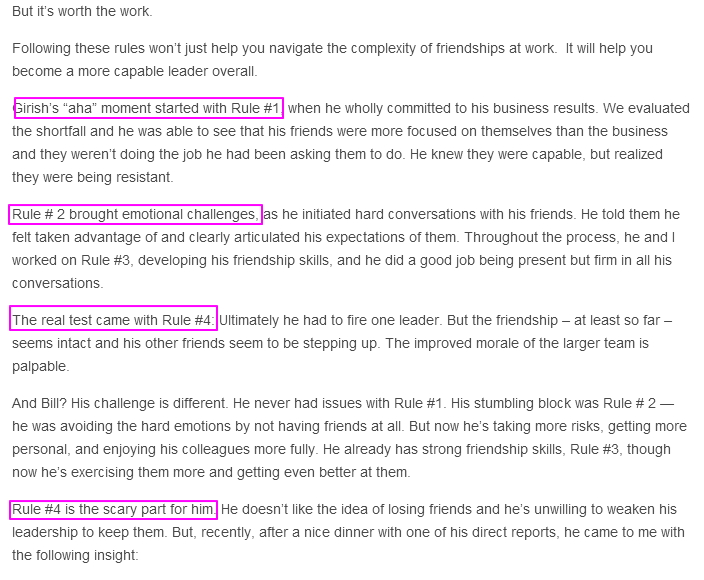Business Writing
Peter Bregman’s 4 Persuasive Writing Techniques
Of all the writers on Harvard Business Review, Peter Bregman is the most persuasive. He’s the only writer on HBR that I make time and stop for; others I scan.
4 Persuasive Writing Techniques
He also has an interesting writing framework. Let’s take a look and see if you can apply some of his methods to your writing.
Rule #1 Personal Observation.
Instead of opening with a statistic, research finding, or anecdote from some high-power meeting he attended, Peter will often use an everyday scenario – the type of thing you can relate to – to begin his observation.
This serves three purposes:
- the first is that it places the observation in content,
- secondly, it disarms you the reader, and
- thirdly, it forms a bridge into the main argument.
Personal observations only work when they ring true.
If you’ve read him for a while you get a sense of how he views the worlds, this though process, and the approach he uses to educate you, the reader.
What makes his writing so valuable is that he teaches you something, or gives a deeper insight into something you may have taken from granted.
It starts with:
Girish* is a client of mine who runs a 500-million-dollar business. He gets stellar reviews and is seen as a high potential successor to the CEO…
But he has a friend problem….
Can you guess what the article is going to be about?
Rule #2 Actions Steps.
Now that he’s placed it in context, given the ‘back story’, it’s time to break out the main points. Here we stick to four. This is also worth noting. Long lists are great for scanning but shorter ones encourage you to lean in and read more.
Be prepared to lose the friendship. Recognizing that you can’t ultimately control what happens to the friendship is critical to maintaining it.
Rule #3 What Worked.
He then looks at the list of options he outlined. Most writers would have stopped at listing the options. What makes Peter such as persuasive writer is that he makes the effort to build on this and DEMONSTRATE why it worked.
The real test came with Rule #4:
Following these rules won’t just help you navigate the complexity of friendships at work.
Rule #4 Next Steps.
What can you take from this and implement for yourself?
This helps you, the reader, take something actionable from the article. It makes it personal. Otherwise, it’s you on the outside, looking in.
By personalizing it, you become emotionally involved in the story are likely to come back for the next article.
Why not?
It’s something you can use, right?
Rule #4 is the scary part for him.
He doesn’t like the idea of losing friends and he’s unwilling to weaken his leadership to keep them.
But, recently, after a nice dinner with one of his direct reports, he came to me with the following insight:
The HBR article is here: http://blogs.hbr.org/





